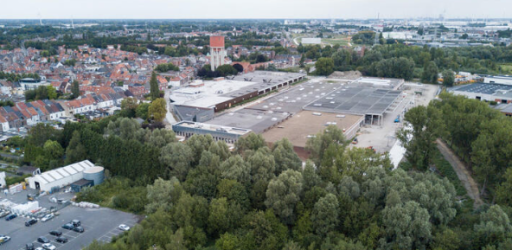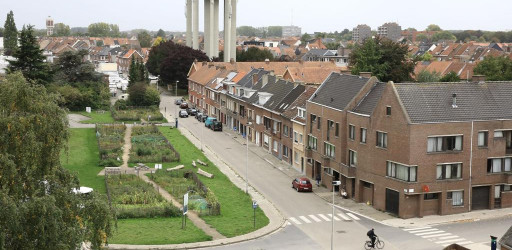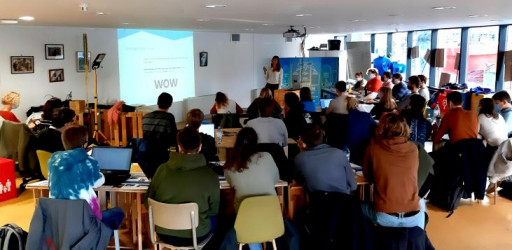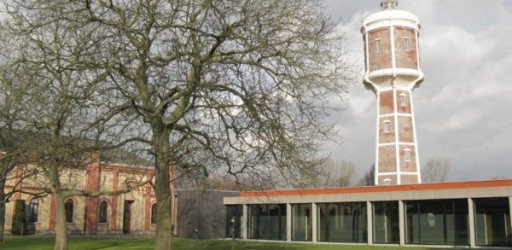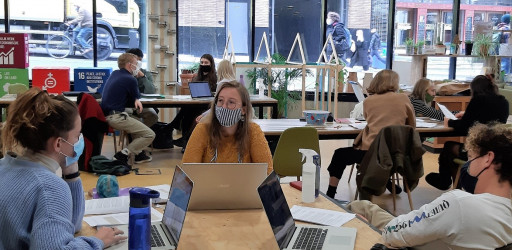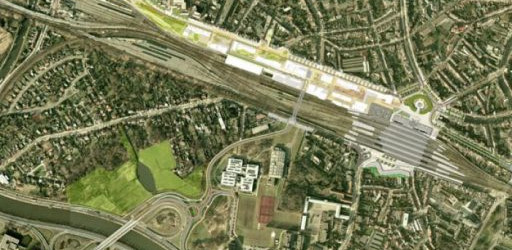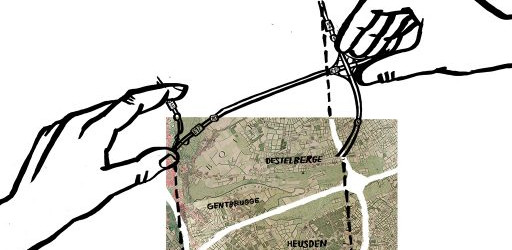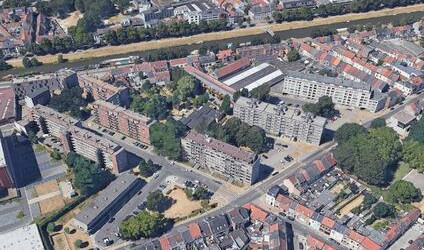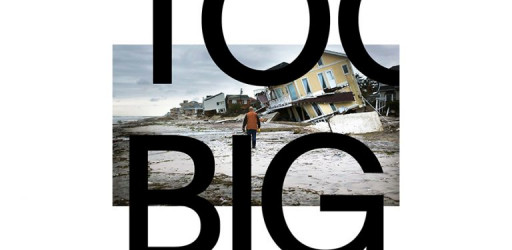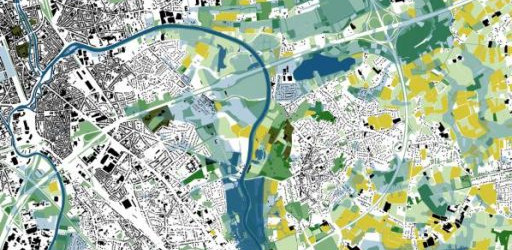Renewal of the urban renewal
Trajectory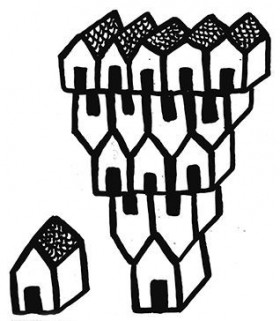
Urban renewal is being looked to for many sustainability challenges. There are opportunities in cities to accelerate the sustainability transition and put it on a collective footing. But problems also converge in cities. The contradiction between climate objectives and social issues is on edge. Although the city of Ghent can look back on the realization of a number of exceptional urban renewal projects in recent years, like other cities it has hardly succeeded in renewing its dilapidated patrimony in a structural way. New construction projects came, for instance, but the slums remained. This track aims to contribute to the urban renewal needed in light of the necessary sustainability transition.
Urban renewal intervenes in the existing urban structure. It is a contested project, not least because in the past it was often synonymous with demolition, clear-cutting, with government-driven speculation. The harsh urban renewal of the 1960s and 1970s was followed, after protests, by a tradition of cautious urban rehabilitation, embedded in participatory consultation with the neighborhood. Today, the discussion on more radical urban renewal is back, especially as we also look at the 20th-century urban fringe, where it is not about renewing an already consolidated city, but about densification and sharing the city with more people, breaking car dependence, softening, green-blue networks, etc.
Modesty is called for. The impact of urban regeneration is limited. Success should be measured not only by individual projects but also by the ability to capture and target the existing dynamics of civic movements, new entrepreneurs, residents, and visitors to the city. A renewed urban regeneration is one that connects to the change that is coming and strengthens the city's collective capacity to deal with the new urban issues and devise socially just solutions to them.
Activities, Education & Research
